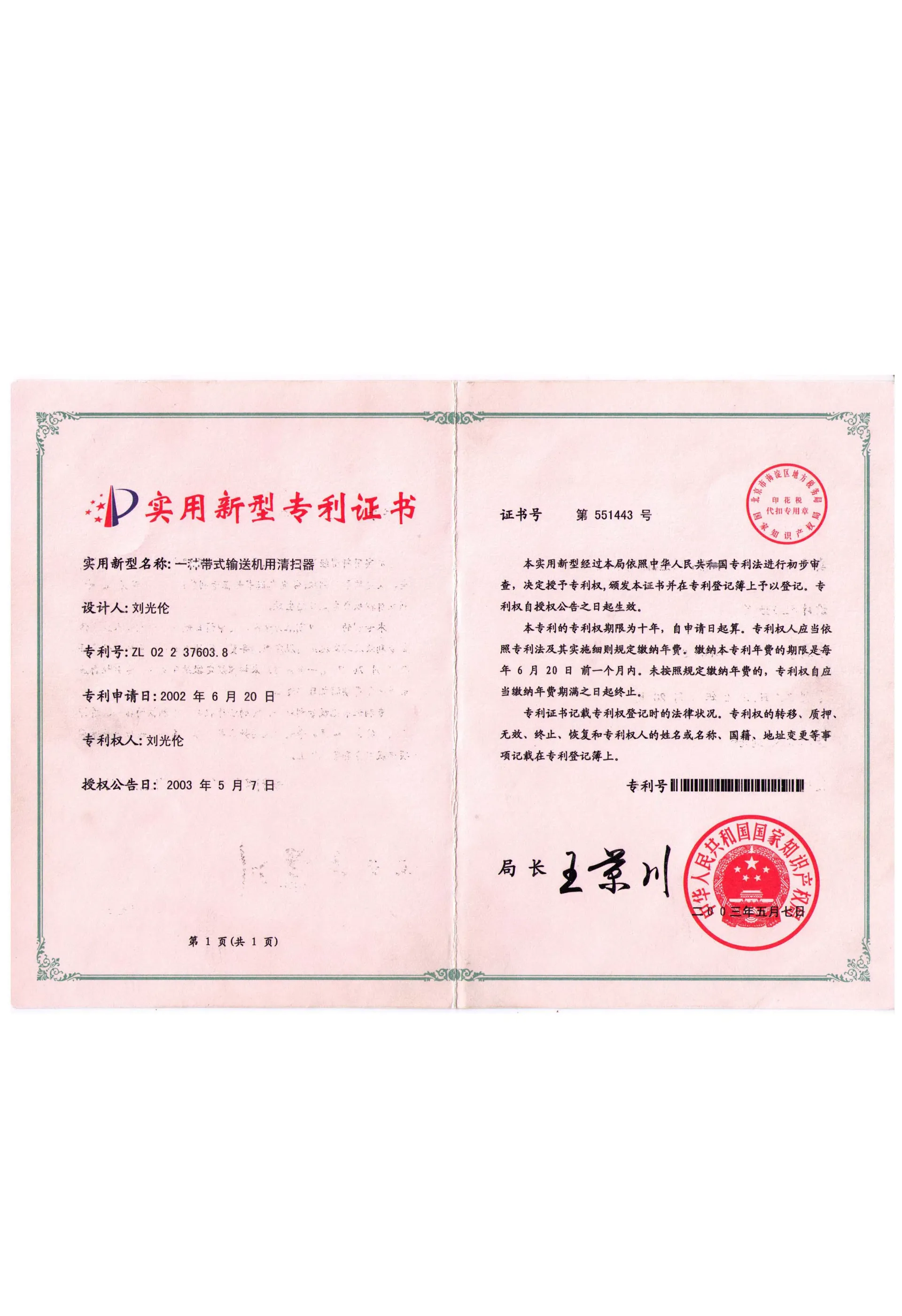 Afrikaans
Afrikaans  Albanian
Albanian  Amharic
Amharic  Arabic
Arabic  Armenian
Armenian  Azerbaijani
Azerbaijani  Basque
Basque  Belarusian
Belarusian  Bengali
Bengali  Bosnian
Bosnian  Bulgarian
Bulgarian  Catalan
Catalan  Cebuano
Cebuano  Corsican
Corsican  Croatian
Croatian  Czech
Czech  Danish
Danish  Dutch
Dutch  English
English  Esperanto
Esperanto  Estonian
Estonian  Finnish
Finnish  French
French  Frisian
Frisian  Galician
Galician  Georgian
Georgian  German
German  Greek
Greek  Gujarati
Gujarati  Haitian Creole
Haitian Creole  hausa
hausa  hawaiian
hawaiian  Hebrew
Hebrew  Hindi
Hindi  Miao
Miao  Hungarian
Hungarian  Icelandic
Icelandic  igbo
igbo  Indonesian
Indonesian  irish
irish  Italian
Italian  Japanese
Japanese  Javanese
Javanese  Kannada
Kannada  kazakh
kazakh  Khmer
Khmer  Rwandese
Rwandese  Korean
Korean  Kurdish
Kurdish  Kyrgyz
Kyrgyz  Lao
Lao  Latin
Latin  Latvian
Latvian  Lithuanian
Lithuanian  Luxembourgish
Luxembourgish  Macedonian
Macedonian  Malgashi
Malgashi  Malay
Malay  Malayalam
Malayalam  Maltese
Maltese  Maori
Maori  Marathi
Marathi  Mongolian
Mongolian  Myanmar
Myanmar  Nepali
Nepali  Norwegian
Norwegian  Norwegian
Norwegian  Occitan
Occitan  Pashto
Pashto  Persian
Persian  Polish
Polish  Portuguese
Portuguese  Punjabi
Punjabi  Romanian
Romanian  Russian
Russian  Samoan
Samoan  Scottish Gaelic
Scottish Gaelic  Serbian
Serbian  Sesotho
Sesotho  Shona
Shona  Sindhi
Sindhi  Sinhala
Sinhala  Slovak
Slovak  Slovenian
Slovenian  Somali
Somali  Spanish
Spanish  Sundanese
Sundanese  Swahili
Swahili  Swedish
Swedish  Tagalog
Tagalog  Tajik
Tajik  Tamil
Tamil  Tatar
Tatar  Telugu
Telugu  Thai
Thai  Turkish
Turkish  Turkmen
Turkmen  Ukrainian
Ukrainian  Urdu
Urdu  Uighur
Uighur  Uzbek
Uzbek  Vietnamese
Vietnamese  Welsh
Welsh  Bantu
Bantu  Yiddish
Yiddish  Yoruba
Yoruba  Zulu
Zulu belt conveyor cleaner
Belt Conveyor Cleaner Ensuring Efficiency and Cleanliness in Material Handling
Belt conveyors are widely used across various industries, including manufacturing, mining, and logistics, to transport bulk materials efficiently. However, the operation of these conveyors comes with challenges, particularly concerning the accumulation of material residue on the belts, which can lead to operational inefficiencies and increased maintenance costs. This is where belt conveyor cleaners come into play.
Belt conveyor cleaners are essential devices designed to remove this residual material from the conveyor belts. Their primary function is to maintain the cleanliness of the belts, ensuring they operate smoothly and efficiently. A cleaner belt not only reduces wear and tear on the equipment but also helps prevent costly downtimes caused by material buildup, which can lead to slipping and reduced traction.
The design of belt conveyor cleaners varies, but they typically consist of a blade or scraper that makes contact with the belt to dislodge and remove unwanted material. These cleaners can be mounted at various locations along the conveyor system, with the most common placement being at the discharge point where material tends to accumulate after dropping off the belt. Some systems employ multiple cleaning stages to ensure thorough removal of debris.
belt conveyor cleaner

One of the notable advancements in conveyor cleaner technology is the use of more durable materials and innovative designs that minimize wear on both the cleaner and the belt. For instance, polyurethane blades are popular due to their flexibility and resilience, allowing them to conform to the belt surface without causing damage. Additionally, adjustable tensioning systems enable operators to set the appropriate pressure between the cleaner blade and the belt, optimizing cleaning efficiency while extending the lifespan of both components.
The benefits of installing a belt conveyor cleaner are manifold. Firstly, it significantly enhances the overall efficiency of the material handling process. Clean belts contribute to higher throughput and reduce the likelihood of system failures, thus minimizing downtime. Secondly, by preventing material spillage and buildup around the conveyor system, cleaners help maintain a safer working environment, reducing the risk of slips and falls. Furthermore, a cleaner system can contribute to sustainability efforts, as it reduces waste and the need for excessive cleaning of the surrounding area.
In conclusion, belt conveyor cleaners are indispensable components of modern material handling systems. Their role in maintaining the cleanliness and efficiency of conveyor belts cannot be overstated. By investing in high-quality belt conveyor cleaners, industries can ensure smooth operations, enhance safety, and minimize maintenance costs. As industries continue to evolve, the importance of effective material management systems, including the use of conveyor cleaners, will only become more pronounced.
-
Revolutionizing Conveyor Reliability with Advanced Rubber Lagging PulleysNewsJul.22,2025
-
Powering Precision and Durability with Expert Manufacturers of Conveyor ComponentsNewsJul.22,2025
-
Optimizing Conveyor Systems with Advanced Conveyor AccessoriesNewsJul.22,2025
-
Maximize Conveyor Efficiency with Quality Conveyor Idler PulleysNewsJul.22,2025
-
Future-Proof Your Conveyor System with High-Performance Polyurethane RollerNewsJul.22,2025
-
Driving Efficiency Forward with Quality Idlers and RollersNewsJul.22,2025





























